New research reveals how a tiny chemical mark on RNA helps wire the brain during development.
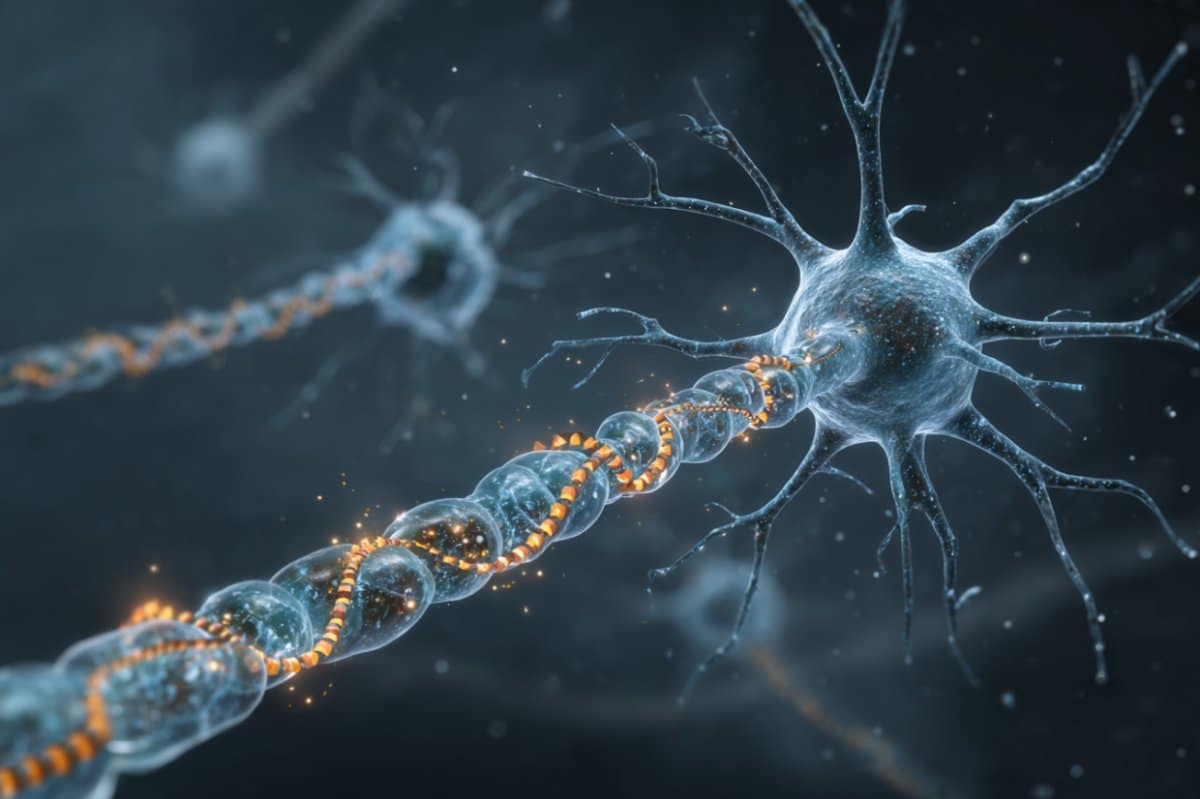

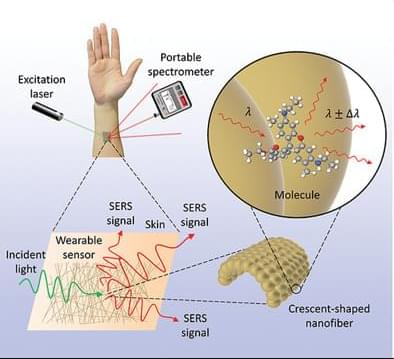
The last two decades have witnessed a dramatic growth of wearable sensor technology, mainly represented by flexible, stretchable, on-skin electronic sensors that provide rich information of the wearer’s health conditions and surroundings. A recent breakthrough in the field is the development of wearable chemical sensors based on surface-enhanced Raman spectroscopy (SERS) that can detect molecular fingerprints universally, sensitively, and noninvasively. However, while their sensing properties are excellent, these sensors are not scalable for widespread use beyond small-scale human health monitoring due to their cumbersome fabrication process and limited multifunctional sensing capabilities. Here, a highly scalable, wearable SERS sensor is demonstrated based on an easy-to-fabricate, low-cost, ultrathin, flexible, stretchable, adhesive, and biointegratable gold nanomesh. It can be fabricated in any shape and worn on virtually any surface for label-free, large-scale, in situ sensing of diverse analytes from low to high concentrations (10–106 × 10−9 m). To show the practical utility of the wearable SERS sensor, the sensor is tested for the detection of sweat biomarkers, drugs of abuse, and microplastics. This wearable SERS sensor represents a significant step toward the generalizability and practicality of wearable sensing technology.
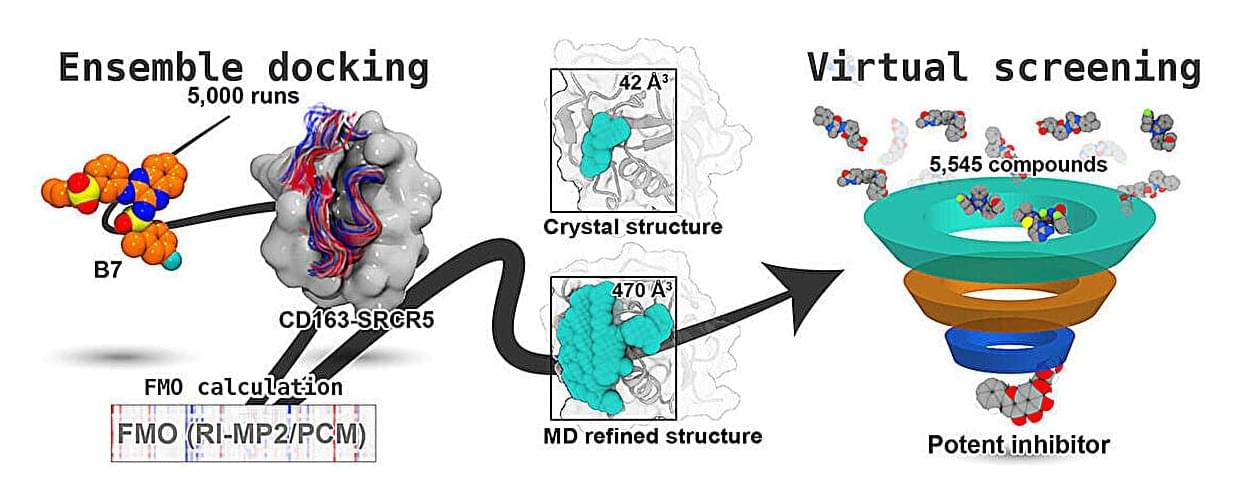
Porcine reproductive and respiratory syndrome virus (PRRSV) continues to devastate the global swine industry, yet the structural basis of how small molecules block its entry into host cells remains unclear. Researchers at the University of Tsukuba and Mahidol University developed a refined model of the PRRSV receptor domain CD163-SRCR5 using state-of-the-art computational approaches, offering new avenues for rational drug design.
While traditional drug discovery often relies on static crystal structures, many biologically important proteins, including the scavenger receptor CD163-SRCR5, contain flexible loop regions poorly captured by crystallography. These loops are critical for recognizing ligands and viral proteins, making them challenging yet attractive drug targets.
In their new study published in The Journal of Physical Chemistry Letters, the researchers used molecular dynamics (MD) simulations, ensemble docking, and fragment molecular orbital calculations to generate a dynamic, physiologically relevant structural model of the CD163-SRCR5 domain.
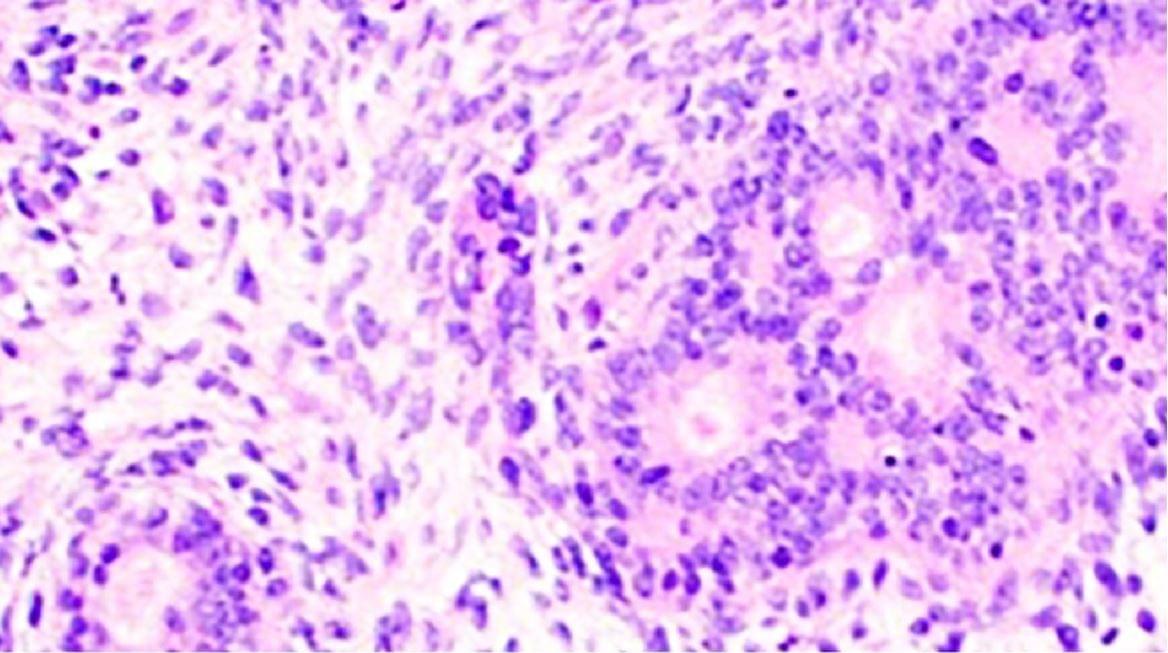
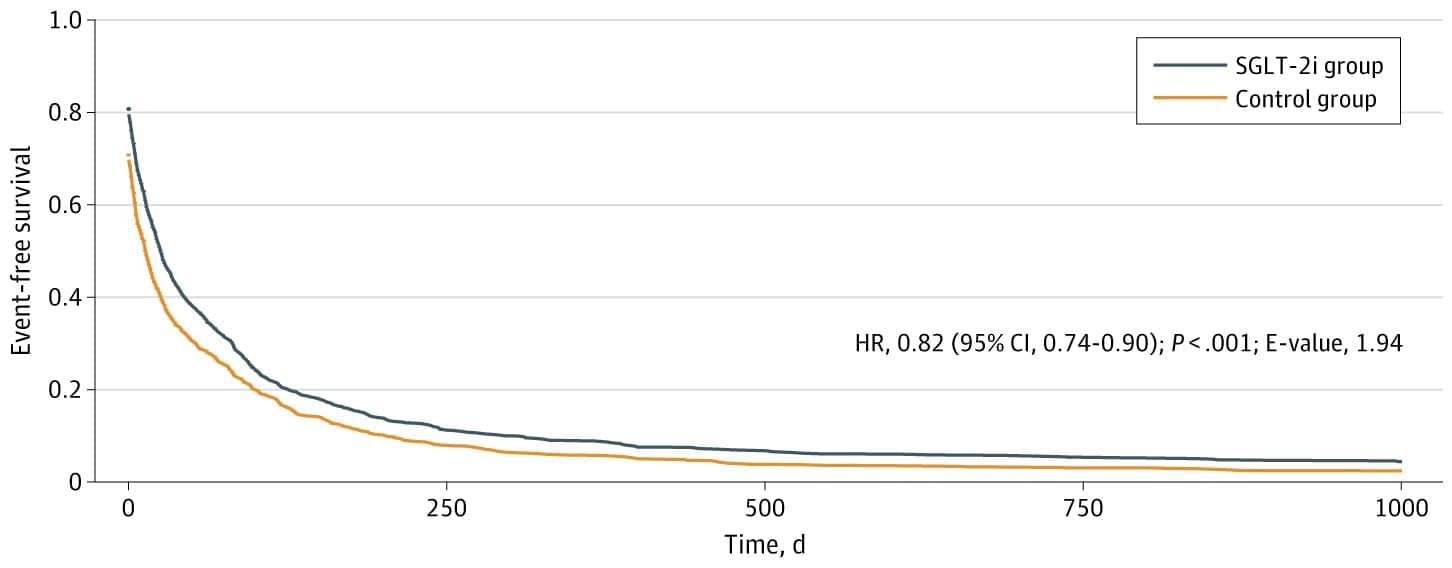
This retrospective cohort study was conducted using data from TriNetX, a multi-institutional health research network. Using the TriNetX platform, we accessed deidentified electronic health records from over 212 million patients across 120 major health care organizations.9 The built-in analytic functions of TriNetX enable patient-level analyses while ensuring that only population-level data are reported.
This study was approved by WCG Clinical, which granted a waiver to TriNetX as a federated network and was deemed exempt from informed consent owing to the use of existing, non–human participant data that were deidentified per the US Health Insurance Portability and Accountability Act privacy rule. The study followed the Strengthening the Reporting of Observational Studies in Epidemiology (STROBE) reporting guideline.
We included patients with cirrhosis (International Statistical Classification of Diseases and Related Health Problems, Tenth Revision [ICD-10] codes K74.6 and K74.69), who were taking furosemide (RxNorm [National Library of Medicine] code 4603) and spironolactone (RxNorm code 9997) between January 2013 and July 2021. For patients receiving an SGLT-2 inhibitor (Anatomical Therapeutic Chemical code A10BK), the index event was defined as the date on which they were concurrently prescribed spironolactone, furosemide, and an SGLT-2 inhibitor. For the control group, the index event was the date on which they were prescribed concurrent spironolactone and furosemide but not an SGLT-2 inhibitor. Each patient was followed up for 3 years from the index event, with follow-up ending on July 11, 2024.

A research team affiliated with UNIST has introduced a cutting-edge modular artificial leaf that simultaneously meets high efficiency, long-term stability, and scalability requirements—marking a major step forward in green hydrogen production technology essential for achieving carbon neutrality.
Jointly led by Professors Jae Sung Lee, Sang Il Seok, and Ji-Wook Jang from the School of Energy and Chemical Engineering, this innovative system mimics natural leaves by producing hydrogen solely from sunlight and water, without requiring external power sources or emitting carbon dioxide during the process—a clean hydrogen production method. The study is published in Nature Communications.
Unlike conventional photovoltaic-electrochemical (PV-EC) systems, which generate electricity before producing hydrogen, this direct solar-to-chemical conversion approach reduces losses associated with electrical resistance and minimizes installation footprint. However, prior challenges related to low efficiency, durability, and scalability hindered commercial deployment.

A new study, published in Nature Nanotechnology and featured on the journal’s front cover this month, has uncovered insights into the tiny structures that could take solar energy to the next level.
Researchers from the Department of Chemical Engineering and Biotechnology (CEB) have found that dynamic nanodomains within lead halide perovskites—materials at the forefront of solar cell innovation—hold a key to boosting their efficiency and stability. The findings reveal the nature of these microscopic structures, and how they impact the way electrons are energized by light and transported through the material, offering insights into more efficient solar cells.
The study was led by Milos Dubajic and Professor Sam Stranks from the Optoelectronic Materials and Device Spectroscopy Group at CEB, in collaboration with an international network, with key contributions from Imperial College London, UNSW Sydney, Colorado State University, ANSTO Sydney, and synchrotron facilities in Australia, the UK, and Germany.

Urea is considered a possible key molecule in the origin of life. ETH researchers have discovered a previously unknown way in which this building block can form spontaneously on aqueous surfaces without the need for any additional energy.
Urea is one of the most important industrial chemicals produced worldwide. It is used as a fertilizer, for the production of synthetic resins and explosives and as a fuel additive for cleaning car exhaust gases. Urea is also believed to be a potential key building block for the formation of biological molecules such as RNA and DNA in connection with the question of the origin of life.
Until now, the origin of urea itself on early Earth has not been conclusively clarified.

Researchers at the University of Sydney have successfully performed a quantum simulation of chemical dynamics with real molecules for the first time, marking a significant milestone in the application of quantum computing to chemistry and medicine.
Understanding in real time how atoms interact to form new compounds or interact with light has long been expected as a potential application of quantum technology. Now, quantum chemist Professor Ivan Kassal and Physics Horizon Fellow Dr Tingrei Tan, have shown it is possible using a quantum machine at the University of Sydney.
The innovative work leverages a novel, highly resource-efficient encoding scheme implemented on a trapped-ion quantum computer in the University of Sydney Nanoscience Hub, with implications that could help transform medicine, energy and materials science.
University of Sydney scientists have made a big step towards future design of treatments for skin cancer or improved sunscreen by modelling photoactive chemical dynamics with a quantum computer.

A successful collaboration involving a trio of research institutions has yielded a roadmap toward an economically viable process for using enzymes to recycle plastics.
The researchers, from the National Renewable Energy Laboratory (NREL), the University of Massachusetts Lowell, and the University of Portsmouth in England, previously partnered on the biological engineering of improved PETase enzymes that can break down polyethylene terephthalate (PET). With its low manufacturing cost and excellent material properties, PET is used extensively in single-use packaging, soda bottles, and textiles.
The new study, published in Nature Chemical Engineering, combines previous fundamental research with advanced chemical engineering, process development, and techno-economic analysis to lay the blueprints for enzyme-based PET recycling at an industrial scale.